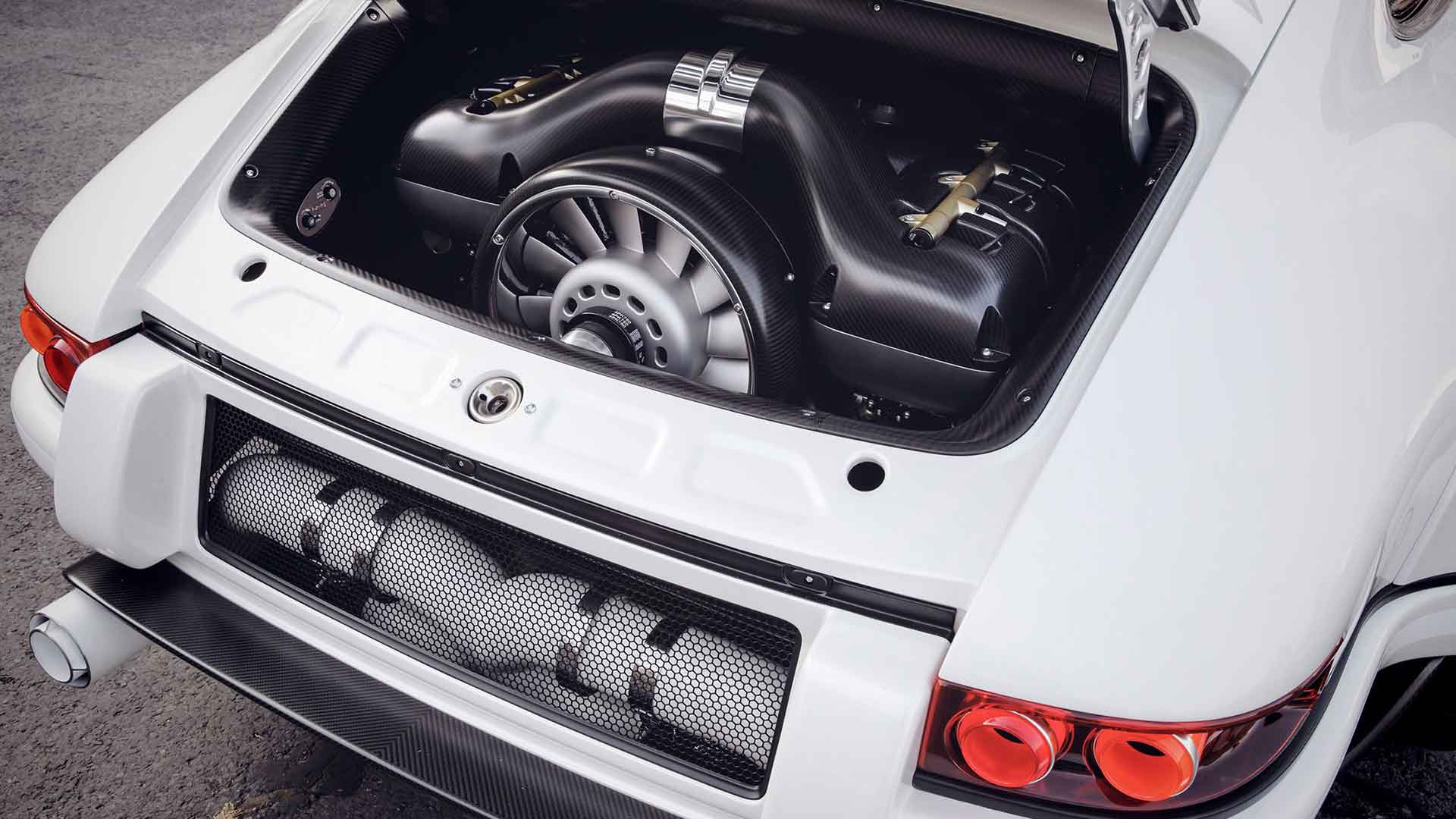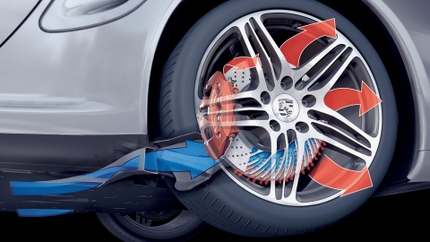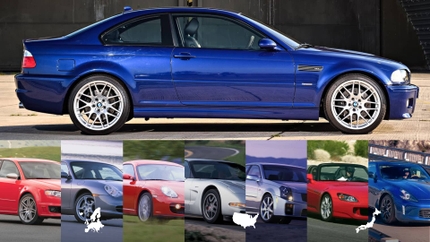- 07/12/2018
- 1 Min Read
- By: Michael Roselli
Singer Vehicle Design's Latest Creation Is A Carbon-Fiber Lightweight Masterpiece
There is nothing quite like an old, classic, completely stock Porsche 911. That is, until you compare it with something like Singer Vehicle Design's latest creation, the "Dynamics and Lightweighting Study" revealed earlier today at the Goodwood Festival of Speed. Excuse us while we pry our jaws off the floor.
Simply put, this is one of the most gorgeous and painstakingly beautiful vehicles ever created. Period. Singer's motto is "everything is important" and my goodness, looking at every nook and cranny on the vehicle, they really mean it. Here's our attempt to unpack the highlights, because we'd be here all day if we were to address every single one.
The Background
Singer Vehicle Design is a California-based company that rebuilds and restores classic 911s. Technically, they don't "make" Porsches at all. And, technically, they don't even sell them.
What Singer does instead, is pay tribute to the Porsche 911 by restoring and reimagining it for their clients, doing full restorations where every nut, bolt, and chassis crevice is addressed. What results, according to Singer, is "a Porsche 911 restored and reimagined by Singer." And their latest creation, the "Dynamics and Lightweighting Study," is precisely that.
The Car

First, there's the body, which may look like it's pulled from a Porsche 911 RSR, but it's not. Every panel is bespoke carbon-fiber, with a focus on aerodynamics. The rear windows are functional ram-air intakes, while the ducktail and rear diffuser produce actual downforce.
Then, there's the engine, which was co-developed with Williams Engineering (yes, the F1 Williams Engineering), with the resulting statistics: A 4.0L, naturally-aspirated flat-six producing 500 horsepower with a 9,000 RPM redline. It has four-valve cylinder heads, connecting rods made of titanium, throttle bodies made of aluminum, intake trumpets (velocity stacks) made of carbon fiber, an air box made of carbon fiber, and dual oil circuits. Singer also moved the engine forward a bit for better weight distribution.

When that air finally needs to exit the vehicle, it does so through a titanium and Inconel exhaust. I hope you're now beginning to understand the "everything is important" philosophy.
The Interior
Pretty much everything on the inside is carbon fiber, too. The steering wheel is a carbon fiber Momo Prototipo, the door cards are carbon fiber, and the seats are carbon fiber buckets from Recaro. The dash and door cards? Those are carbon fiber too. And everything is wrapped in delicious leather. It (seems) to make the inside comfortable and functional enough to drive outside of a track.

Singer says they'll produce 75 of these, with pricing yet to be announced. Our guess is it'll fall somewhere in the $1M+ category, at least, and judging by the amount of time, energy, and attention to details that went into the design and manufacturing, it's well worth it.











